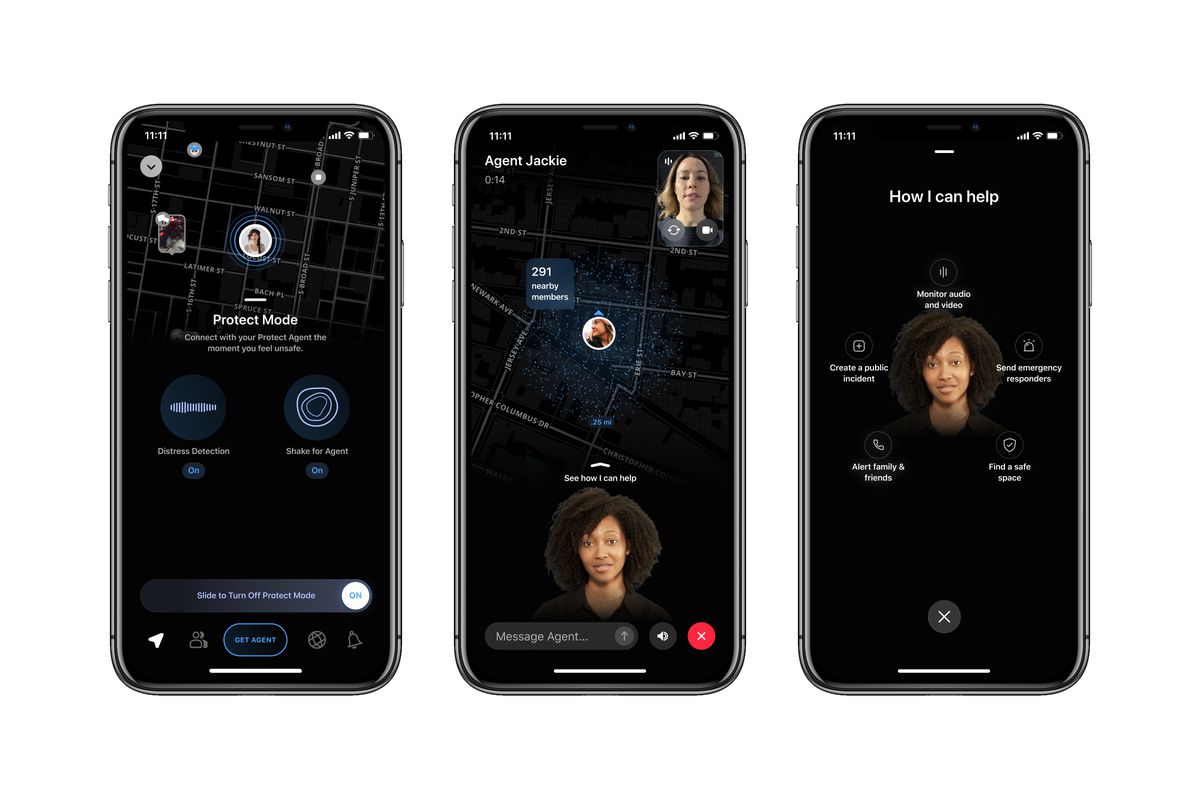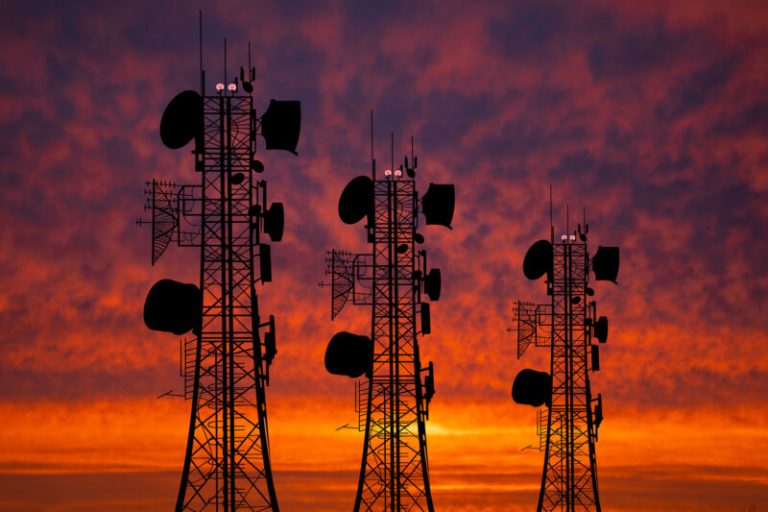Citizen is officially getting into the fear monetization game, with a paid service that could make you feel safer.
On Tuesday, the crowdsourced public safety app launched Citizen Protect. The $19.99/month service gives subscribers access to an on-demand Protect Agent, who they can call upon if they think they need — or might need — emergency assistance. A Citizen spokesperson told Recode that the company sees Protect as a major part of the app’s path to profitability, since it doesn’t sell ads or user information. Citizen built this platform, and now it’s time to leverage it.
It’s a logical progression for Citizen — which has spent the last several years alerting users to crimes, fires, and car accidents in their neighborhoods — to offer a service that protects users from or provides quick emergency services in response to those same types of incidents. But Citizen may not have the reputation to pull it off. The app has been controversial from the beginning, accused of promoting vigilantism and disaster voyeurism. There was even a crowdsourced manhunt for an innocent man just a few months ago, which was reportedly spearheaded by the app’s CEO.
Here’s how Protect works: Subscribers can either be directly connected to a Protect Agent by tapping Get Agent in their app, or they can swipe to enable Protect Mode. Protect Mode comes with Distress Detection, where Citizen’s AI listens through its microphone for sounds of obvious distress (screaming) and then asks if they’d like to be connected to an agent (or automatically connects them if they don’t respond quickly); or they can use the “Shake for Agent” option, where they’re discreetly connected to an agent via text or audio/video chat if they shake their phone several times.
Once you’re connected to a Protect Agent, they can monitor your audio and video, send emergency responders to your location if necessary, alert your designated family and friend contacts, direct you to the nearest safe space, or create a public incident to notify Citizen’s nearby users to be on the lookout for things like lost pets or missing persons. Protect Mode is currently available for iOS devices and is English-only.

Citizen has been testing Protect for the last several months, making it available to a group of almost 100,000 beta testers. The company now thinks it’s ready to scale up and offer Protect to its millions of users — or more, since the service is available all over the United States, not just the 60 cities in which Citizen currently operates.
Protect is similar to services provided by some home security systems, OnStar’s car safety service, or Life Alert. All of these subscription services provide on-call protection in specific circumstances: home break-ins, fires, car accidents, breakdowns, medical emergencies. But Protect can be used wherever you go with your phone (assuming you’ve got cell reception) and it can be used as a sort of digital bodyguard to monitor you if you’re in a potentially unsafe situation. It’s able to detect your precise location in real time, which some 911 services still can’t do. That said, Protect is not a substitute for 911. If you’re having an emergency, call 911.
If you’re a Citizen app user, you might feel especially inclined to shell out $20 a month for an added sense of security because Citizen has made you especially aware that you might need it. The app uses technology and humans to basically scrape 911 calls. Its human moderators review them and choose which ones to ignore and which to put on a map for users to see, sending out push alerts to users when things like fires, car accidents, and crimes happen in their area. Users can supply photos, videos, and livestreams from the scene — and other users can view, watch, and comment on them.
If you have the Citizen app, you’ve probably never known so much about how many scary things are happening in your neighborhood, even if they may not be quite as scary as the app makes them seem. Just because someone called 911 to report that they heard gunshots doesn’t mean those gunshots actually happened. But if you saw that initial report on Citizen, you might assume that your neighborhood is being shot up. And then you might be more likely to think that the safety service Protect provides is worth the money.
But this also means placing a lot of trust in Citizen, and many would argue that it hasn’t earned that trust. The app has been controversial since its origins as Vigilante, an app that was banned from Apple’s App Store shortly after its launch in 2016. In 2017, it relaunched as Citizen, with the 911 scraping function still in place but without the self-reporting feature that many feared would target minorities or homeless people who looked “suspicious.” The feature has since returned, but Citizen says community-reported incidents are reviewed by moderators before being placed on the map. “Suspicious person” reports are not placed on the map.
Citizen’s more recent attempts to branch out from an emergency alert voyeurism social network into a more proactive safety service haven’t gone smoothly. A pilot program to provide on-demand private security guards — upgrading Citizen Protect’s digital bodyguard to a very real one — was widely decried as providing a service to the rich that could be weaponized against lower-income people and minorities. It seems to have fizzled out for now. A week ago, reports emerged that Citizen is paying “field members” in select cities to go out and livestream events, apparently to supplement what Citizen’s users already supply for free and to drive more eyeballs to more emergencies.
Perhaps most troubling, Citizen’s new OnAir feature, which provides real-time updates and analysis of select events with human hosts, essentially put a $30,000 bounty on the head of a man they falsely identified as an “arson suspect,” launching a crowdsourced manhunt for an innocent person. A lot of this apparently came from the top: Citizen CEO Andrew Frame was reported to be especially aggressive, telling employees in the company’s Slack room that he wanted to “FIND THIS FUCK” and that “we hate him,” while ordering that frequent notifications about the search for him be blasted to Citizen’s roughly 850,000 Los Angeles users.
Citizen says its Protect Agents have gone through a rigorous training program, including a four-week certification course. But OnAir’s hosts supposedly had standards and training too, which were either insufficient or ignored when they thought they could mobilize Citizen’s users to hunt down a man they thought was an arsonist.
That controversy doesn’t seem to have hurt Citizen’s popularity with its users, however. It jumped to the top of app store charts last summer during the mass protests, has over $130 million in funding, and just announced that it hit 8 million users. Now it’s time to start cashing in and see if the scary world Citizen has helped create will pay off.






